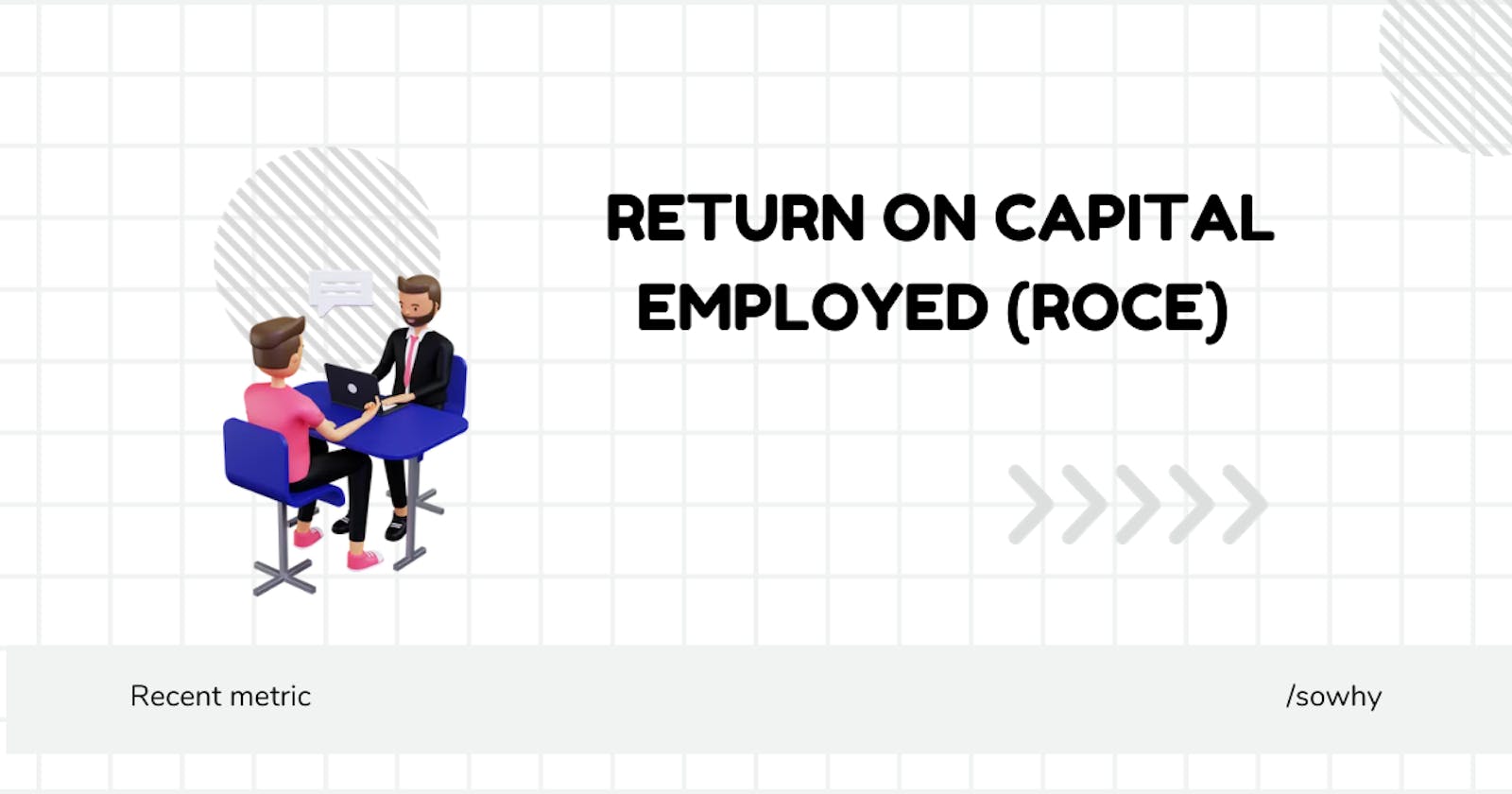Hey Financial Adventurers! 🚀 Today, we're delving into the exciting realm of "Return on Capital Employed" (ROCE) – a metric that unveils the efficiency and profitability of a company's capital usage.
Formula: $$ {ROCE} = \left( \frac{\text{EBIT}}{\text{Annual Average Capital Employed}} \right) \times 100 $$
Imagine this as the company's own superhero power, showcasing how well it utilizes its capital to generate earnings.
Scenario: Let's step into "InnovateTech Inc." Their EBIT (Earnings Before Interest and Taxes) is $1 million, and the annual average capital employed is $5 million.
$$ {ROCE} = \left( \frac{1,000,000}{5,000,000} \right) \times 100 = 20\% $$
So, InnovateTech Inc. boasts a ROCE of 20%, signaling that for every dollar of capital employed, they're generating 20 cents in earnings.
Parameters:
- EBIT (Earnings Before Interest and Taxes): The superhero earnings before considering interest and taxes.
- Capital Employed: The dynamic trio of share capital, reserves, and borrowings – the financial sidekicks that keep the company rolling.
Things to Remember:
- Quality over Quantity: A high ROCE is great, but consistency and sustainability matter.
- Benchmarking is Key: Compare ROCE within the industry for a superhero reality check.
- Decoding Capital Employed: It's the financial fortress – money invested that keeps the operations running.
Best and Worst Values:
- Best Value: A higher ROCE often indicates effective capital utilization.
- Worst Value: A declining or negative ROCE may signal inefficiency or financial distress.
✨ Fun Fact: The concept of ROCE has been shaping financial strategies since the mid-20th century. It's like the OG superhero, quietly doing its job to keep companies financially fit!

